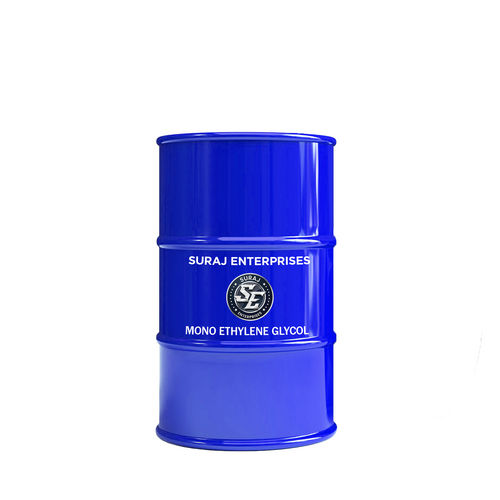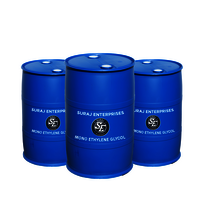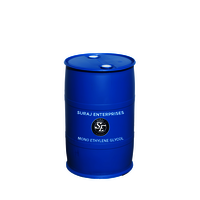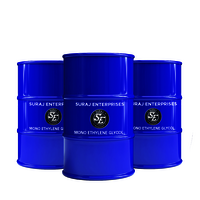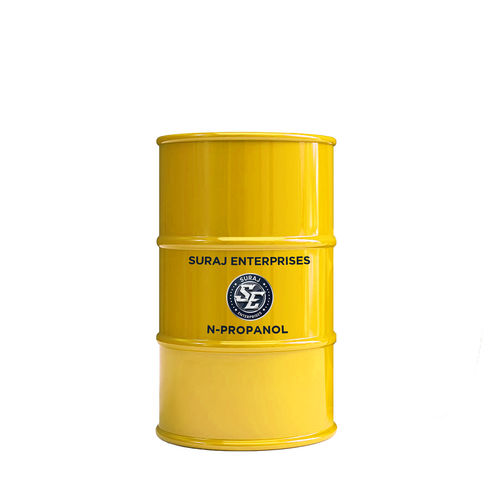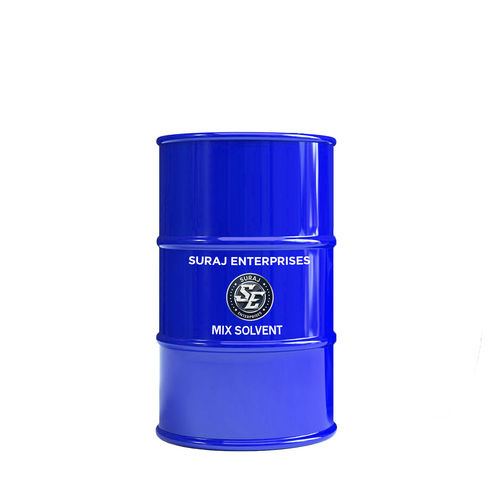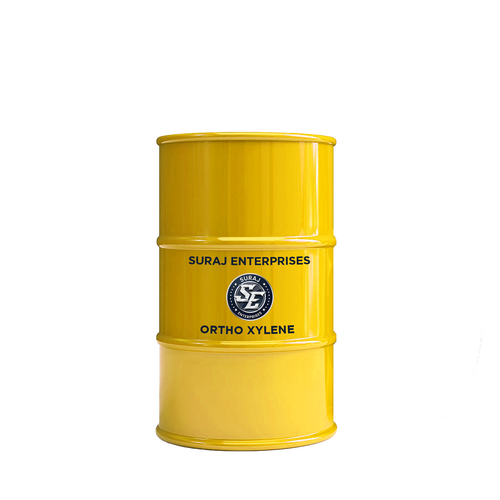MONO ETHYLENE GLYCOL
Product Details:
Product Description
Monoethylene Glycol (MEG) is a versatileorganic compound with numerous industrial applications. It is primarily used asa raw material in the production of polyester resins, fibers, and films, aswell as in the formulation of antifreeze solutions and deicing fluids.
In the polyester industry, MEG serves asa key building block in the synthesis of polyethylene terephthalate (PET)resin, which is widely used in the manufacture of plastic bottles, containers,fibers, and films. MEG reacts with terephthalic acid or dimethyl terephthalateto form PET through a polycondensation reaction, resulting in a strong,durable, and versatile material with excellent mechanical properties.
Additionally, Monoethylene Glycol isutilized as the primary ingredient in antifreeze and coolant formulations forautomotive engines and HVAC (heating, ventilation, and air conditioning)systems. Its ability to lower the freezing point and raise the boiling point ofwater helps to prevent engine coolant from freezing in cold temperatures andboiling in hot conditions, thereby protecting the engine from damage andensuring optimal performance.
Furthermore, MEG is employed as adehydrating agent and solvent in various chemical processes, including theproduction of resins, plastics, and pharmaceuticals. Its hygroscopic nature andlow volatility make it effective for absorbing water vapor and reducingmoisture content in gas streams and chemical reactions.
Despite its versatility, MonoethyleneGlycol should be handled with care, as it can cause irritation to the skin,eyes, and respiratory tract. Proper safety precautions, including the use ofpersonal protective equipment such as gloves and goggles, as well as adequateventilation, should be observed when working with MEG to minimize exposurerisks.
Overall, Monoethylene Glycol offersvaluable properties for various industrial applications, contributing to theproduction of polyester materials, antifreeze solutions, and chemicalintermediates essential to numerous industries.

